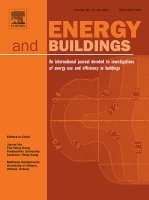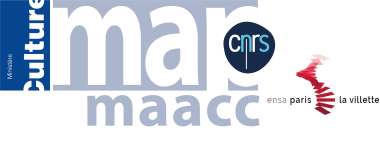Accueil > Productions scientifiques > Design processes and multi-regulation of biomimetic building skins : A (...)

Estelle Cruz, Tessa Hubert, Ginaud Chancoco, Omar Naim, Natasha Chayaamor-Heil, Raphaël Cornette, Lidia Badarnah, Kalina Raskin, Fabienne Aujard
Design processes and multi-regulation of biomimetic building skins : A comparative analysis
Available online 12 May 2021 : https://doi.org/10.1016/j.enbuild.2021.111034
Press : Volume 246, 1 September 2021, 111034
Biomimetics is an opportunity for the development of energy efficient building systems. Several biomimetic building skins (Bio-BS) have been built over the past decade, however few addressed multi-regulation although the biological systems they are inspired by have multi-functional properties. Recent studies have suggested that despite numerous tools and methods described in the literature for the development of biomimetic systems, their use for designing Bio-BS is scarce. To assess the main challenges of biomimetic design processes and their influence on the final design, this paper presents a comparative analysis of several existing Bio-BS. The analyses were carried out with univariable and multivariate descriptive tools in order to highlight the main trends, similarities and differences between the projects. The authors evaluated the design process of thirty existing Bio-BS, including a focus on the steps related to the understanding of the biological models. Data was collected throughout interviews. The univariate analysis revealed that very little Bio-BS followed a biomimetic design framework (5%). None of the Bio-BS was as multi-functional as their biological model(s) of inspiration. A further conclusion drawn that Bio-BS are mostly inspired by single biological organisms (82%), which mostly belong to the kingdom of animals (53%) and plants (37%). The multivariate analysis outlined that the Bio-BS were distributed into two main groups : (1) academic projects which present a strong correlation with the inputs in biology in their design processes and resulted in radical innovation ; (2) public building projects which used conventional design and construction methods for incremental innovation by improving existing building systems. These projects did not involve biologists neither a thorough understanding of biological models during their design process. Since some biomimetic tools are available and Bio-BS have shown limitations in terms of multifunctionality, there is a need to promote the use of multidisciplinary tools in the design process of Bio-BS, and address the needs of the designers to enhance the application of multi-regulation capabilities for improved performances.
Voir en ligne : https://www.sciencedirect.com/scien...
